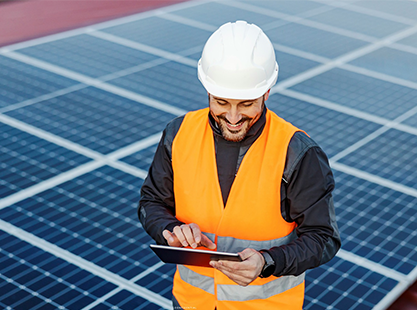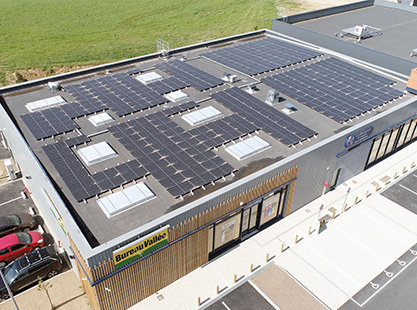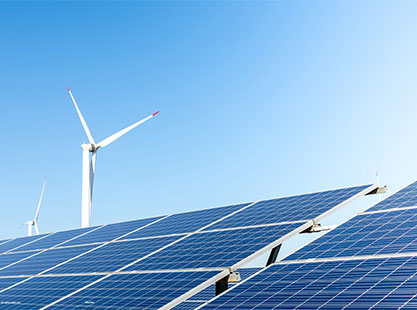Businesses are facing unprecedented energy challenges. Volatile prices and pressure to meet sustainability targets are squeezing margins and creating uncertainty. But what if you could lock in predictable energy costs, all while reducing your carbon footprint? Diane Abrahams, Managing Director Europe, Wewise and Stephen Casey, DCC’s Managing Director Energy Consulting explain how.
“Adding solar PV generation is one of the most valuable things a business can do to help the environment,” says Stephen Casey, DCC’s Managing Director Energy Consulting. And now’s a great time to buy in, he says. “Panel prices are lower than they ever have been and there can be strong payback for businesses putting solar in place.”
A move towards cleaner, affordable energy that you have control over makes sense for any kind of business. It’s even more compelling with the introduction of DCC Energy’s Solar as a Service offering this month.
“Solar as a Service allows our customers to pay a fixed monthly fee for the electricity generated from the panels on their roof,” says Diane Abrahams, Managing Director of DCC Energy’s pan-European solar energy network Wewise.
“It really is as simple as instead of customers paying for the installation of the solar panels, they pay a fixed monthly fee for using the solar energy,” Stephen says. “And at the end of the term – usually 15 or 20 years – the panels become theirs for €1.” It’s a straightforward, reliable way of getting certainty over energy costs not just now but for decades to come.




